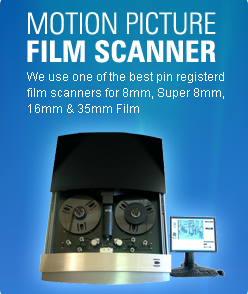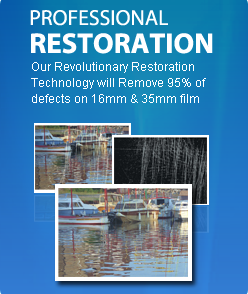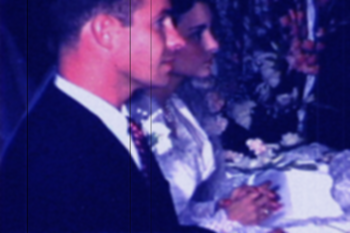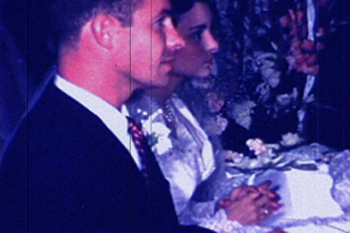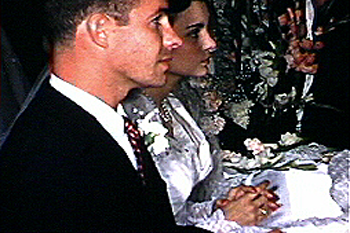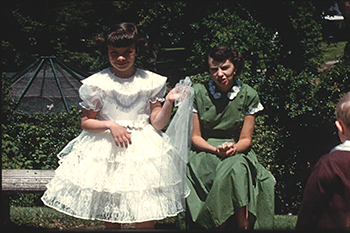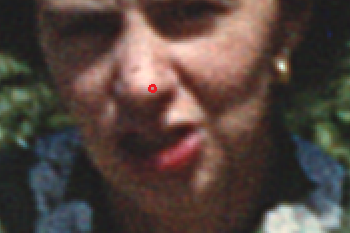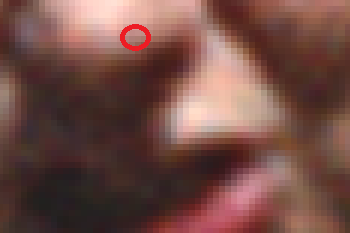
The first table shows how the same film looks using our 4 different processes. You can see that the difference can be significant for our Green Bay customers.
The second table presents a case for scanning 8mm and Super 8 film at 2K resolution. In the past year we have done 20 comparisons. Contrary to popular belief, we do see a noticeable difference in quality between our Pro HD and Pro 2K process on 8mm and Super 8 film.
In general it is recommended that you scan at or above the resolution of the film. For 8mm and Super 8 that means scanning at HD or 2K.
8mm And Super 8 Film Green Bay |
|
SD Scan
|
|
Pro HD Scan
|
|
Pro 2K Scan
|
|
Pro 4K Scan
|
|
Film Resolution |
|
Resolution of Film |
|
Film Grain
|
|
Film Grain vs Digital Pixel
|
|
So, for example, if you are looking for the best quality DVD, scan your 8mm or Super 8 at HD. If you are looking to go to BluRay then scan your 8mm or Super 8 at 2K.
Professional films usually have access to the original camera negative in addition to work prints, answer prints, etc. It is always better to scan using the original camera negative.
Green Bay Fun Facts: The area where the Fox River empties into the Green Bay was a natural stopping place as far back as the 17th century for many types of travelers, including French voyagers, woodland Indian tribes, fur trappers, and Jesuit missionaries. This stopping place became Wisconsin's first settlement in 1634, only 14 years after the Pilgrims landed at Plymouth Rock. The French first settled the area, before being driven out by the British in 1763, who retained it as a stronghold until after the war of 1812. The area was a prime fur trading center, but by the time of Wisconsin statehood in 1848, fur trading had given way to lumbering.
Wisconsin Fun Facts: Wisconsin became aU.S. territoryfollowing the American Revolution and soon after began attracting settlers looking for work inits mining, lumber and dairy industries. It was admitted to the union as the 30th state in 1848.In the years leading up to the Civil War,Wisconsin was an important stop on the Underground Railroad, with manyslaves passing through the state on their way to freedom in Canada. Today, Wisconsin leads the nation in dairy production and is known for the quality of its cheddar cheese–residents even sometimesrefer to themselves as “cheeseheads.” Famous Wisconsinites include architect Frank Lloyd Wright, magician Harry Houdini andU.S.
